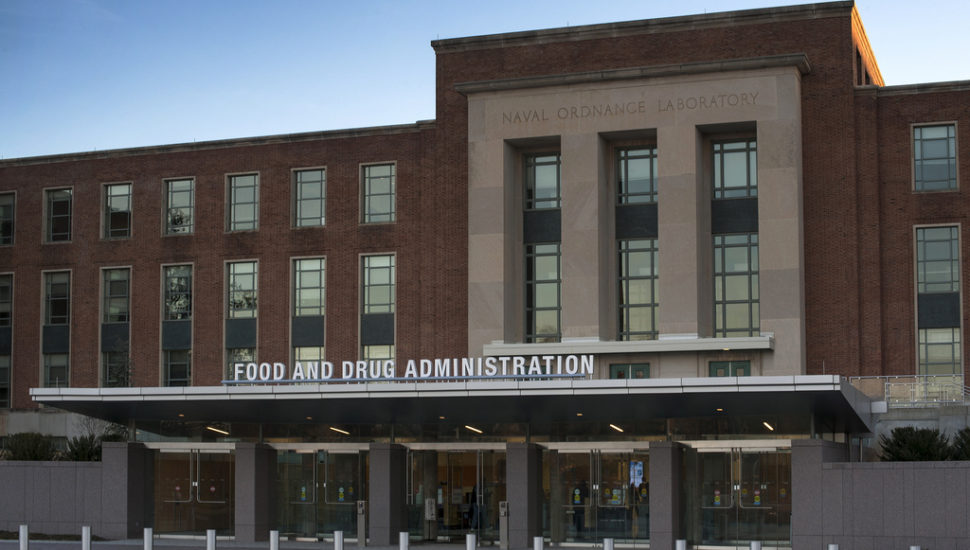From Chesco: FDA gives OK for Aclaris’ treatment

It’s good news from the FDA for Alcaris Therapeutics and the more 83 million adults in the United States people who suffer from certain types of non-cancerous skin growths.
Malvern-based Alcaris’ Eskata, a topical non-invasive treatment for rasied seborrheric keratoses, or SKs, was approved by the Food and Drug Administration. You might not have heard of SKs, but Aclaris says the condition is more common than the better-known skin ailments acne, psoriasis and rosacea combined, writes Dell Poncet in Philadelphia Business Journal.
[uam_ad id=”54865″]
“This achievement delivers on Aclaris’ commitment to bringing innovative therapies to market that address significant unmet needs in dermatology,” said Dr. Neal Walker, president and CEO of Aclaris. “For the first time, with the approval of Eskata, patients will have access to an FDA-approved topical, non-invasive treatment for raised SKs.”
John George wrote about the FDA decision pending on Eskata and what the company was doing in preparation of an OK last month.
“We’ve hired a number of folks for middle-layer management positions and now we are concentrating on the sales force,” said Dr. Neal Walker, the Malvern company’s president and CEO.
Walker said during the third quarter Aclaris (NASDAQ: ACLR) hired six regional managers and the company is now in the process of recruiting 50 sales representatives. The sales positions will be contingent upon the company receiving FDA approval for A-101, an experimental treatment for seborrheic keratosis. Aclaris filed its new drug application for A-101 in February and expected to receive a decision from the FDA by Dec. 24. If approved, the drug would be the company’s first product in the market.
Seborrheic keratosis, also known as SK, is a skin disorder that afflicts an estimated 83 million Americans. The condition is characterized by non-cancerous lesions that commonly appear or a patient’s neck, face or other visible location.
To read the complete story click here.
[uam_ad id=”54875″]
Stay Connected, Stay Informed
Subscribe for great stories in your community!
"*" indicates required fields






















![95000-1023_ACJ_BannerAd[1]](https://montco.today/wp-content/uploads/sites/2/2023/03/95000-1023_ACJ_BannerAd1.jpg)





![ForAll_Digital-Ad_Dan_1940x300[59]](https://montco.today/wp-content/uploads/sites/2/2022/06/ForAll_Digital-Ad_Dan_1940x30059.jpg)













